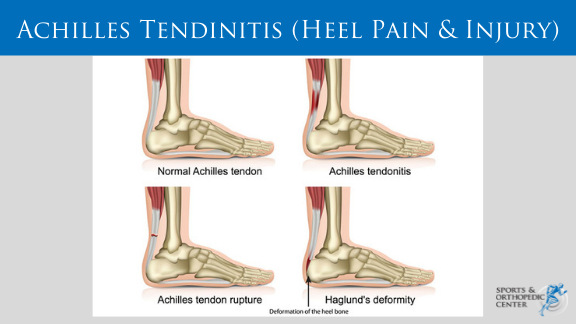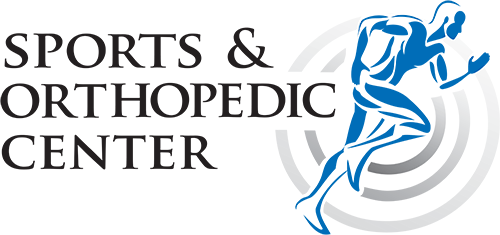The Achilles tendon runs down the back of the lower leg, and it can commonly become irritated and inflamed, a condition called Achilles tendinitis.
The Achilles tendon is used frequently, with some actions requiring its use including walking, running, jumping, and climbing stairs. Overusing the tendon can lead to degeneration and tendinitis. Tendinitis is a general term used to define inflammation of a tendon, which is the body’s natural response to injury or disease. In most cases, tendinitis will have symptoms of pain, swelling, or irritation.

While Achilles tendinitis generally results from overuse of the Achilles tendon, there are certain cases that commonly cause this condition. It’s not usually one specific event that causes Achilles tendinitis, though, but instead multiple instances that frequently strain the Achilles tendon until it becomes irritated.
3 Common Causes of Achilles Tendinitis
1) Suddenly Exercising More
If you have recently taken on a new exercise regimen that is more intense or requires more exercise than your body is used to, you may develop Achilles tendinitis.
This is more common for athletes who start to push their bodies to do too much too soon. To prevent this from happening, it is best to slowly build up exercise intensity and duration while also providing time between workouts for the body to heal.
However, those who are just beginning to exercise are also at risk of doing too much too soon, potentially hindering their exercise goals when the pain sets in. It’s always best to gradually increase exercise levels and avoid pushing the body further than it is ready for, and this also helps ensure that you can stick with exercising.
Repeatedly doing only one type of exercise can also irritate and strain the Achilles tendon, so tryto switch things up so that no one part of the body becomes overstressed.
2) Forgetting to Stretch
Stretching before a workout is vital to warm up the muscles and increase flexibility, preventing injury. This is a common injury for those who skip stretching and have tight calf muscles. By taking the time to stretch, you can limit the risk of developing Achilles tendinitis.
It’s also helpful to strengthen the calf muscles during your workout, after stretching, because strengthening these muscles puts less strain on the Achilles tendon.
Physical therapy is a useful tool to work on stretching and strengthening the muscles, preventing Achilles tendinitis from occurring.
3) Bone Spurs
Achilles tendinitis can develop if bone spurs, or the growth of excess bone, form on the heel and rub against the tendon, irritating it.
Risk Factors for Achilles Tendinitis
While the above are the most common causes of Achilles tendinitis, other factors can increase your risk of irritating your Achilles tendon:
If you have Achilles tendonitis or are at a greater risk of developing it, making an appointment with a physical therapist in Sports & Orthopedic Center. They can help address some of the causes, including tight muscles and weak calf muscles. Through physical therapy, you can learn the exercises and stretches that help prevent future instances of Achilles tendonitis.
References:
https://orthoinfo.aaos.org/en/diseases–conditions/achilles-tendinitis/
https://www.healthline.com/health/achilles-tendinitis

